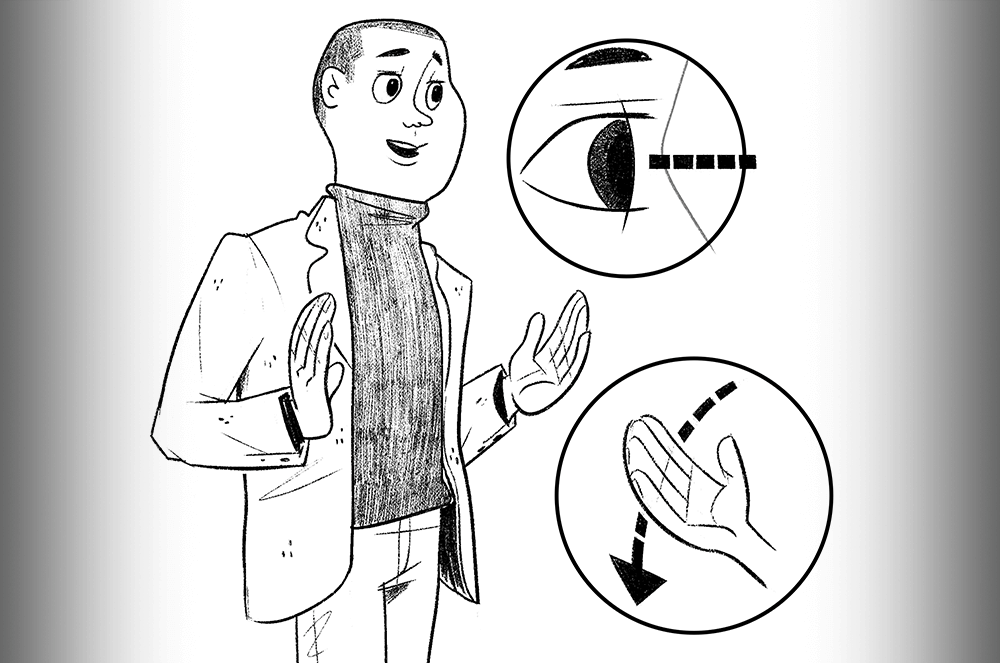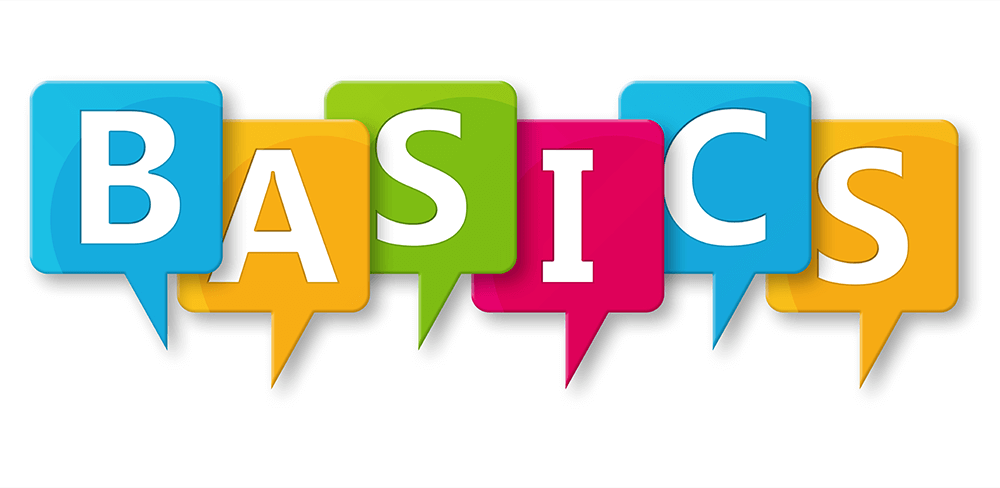
Before you step up to the podium or onto the stage, you have to know what you’re going to say. While your writing doesn’t need to be professional, it helps to have some organization and a main point. Follow this formula to make it easy.
1 Summarize your main message.
Before you begin putting pen to paper, or fingers to keyboard, make sure you have a good grasp on what you want to say. “Audience members should be able to summarize what you said in one sentence,” says Elizabeth Danziger, author of Get to the Point! “Your listeners will not be able to sum up your message succinctly unless you deliver it clearly.”
2 Follow an outline.
Once you have a topic and you’re able to clearly summarize what you want to say, write a brief outline. Ramona J. Smith, the 2018 World Champion of Public Speaking, says the key to writing a great speech is to keep it simple. “I start with the skeleton, then start to throw meat on the bones,” she says.
She recommends breaking your speech into three parts—introduction, body, and conclusion, something she does in her championship speech, “Still Standing.” Once you have your three points, add at least one supporting story, example, or finding to fill out those points in your speech.
An outline not only forces you to organize your speech into main and supporting points, it also helps you memorize and deliver the speech. It’s much easier to deliver a speech naturally when you can visualize the organization in your mind.
3 Write a wordy first draft. Then cut.
Using your outline, begin by writing down anything you can think of that could go into those main points. Don’t edit yourself at this point, or practice timing, or worry about word count.
Allow a few days for ideas to percolate in your brain then look at your speech again. Remove or revise anything that takes your speech offtrack. Remember that less is more when speaking.
4 Analyze your pace and transitions.
As you start to practice your speech, pay attention to the rhythm. “Oral speech is very different from written language,” says Gary Schmidt, DTM, Toastmasters International President 2009–2010, and a former professional speechwriter. He points out that sentences should be shorter when you speak them, because listeners can’t go back and reread the line if they lose the thread. Also, the sound and rhythm of spoken words is more important than it is in writing.
Take a look at the transitions between the main points of your outline. If you don’t have any, add some so the speech isn’t too choppy. Transitional statements help the audience easily follow you from one section of your speech to the next, or from one idea to another. Transitions can be as simple as, “In the same way, … ” or “Another way of looking at it … ”
5 Beginning and ending.
The perfect beginning may not come to you when you start writing, and that’s okay. When you’ve put it all together, take a look and see if there is something you can use to grab listeners’ attention at the start: telling a story, asking a question, or making a joke.
There are two common ways to wrap up your speech. First, you can do a callback, where you refer back to the story, question, or quip you told at the beginning. Or you can summarize the three points you made in your speech (based on your outline).
An outline not only forces you to organize your speech into main and supporting points, it also helps you memorize and deliver the speech.
Finally, give yourself plenty of time to practice. Everyone has a different time frame for this, but most people find that a few days to a week before delivery is sufficient. As you practice, make sure you are speaking in your authentic voice, and not trying to sound like someone else. These are your words and your thoughts—make sure they sound like YOU.
Resources:
- 10 Ways to Be a Better Speechwriter by Elizabeth Danziger
- How to Build a Speech by Ruth Nasrullah
- Build a Great Speech by Christine Robinson, DTM
- How to Succeed in Speechwriting by Caren S. Neile, Ph.D.
The Toastmaster magazine staff is composed of four editorial team members. Learn more about them on the Staff page.
Related Articles

Communication
10 Strategies to Boost Your Gestures and Body Language

Speechwriting
Best Suggestions for Finding Speech Topics

Communication



 Previous
Previous

 Back to the Basics
Back to the Basics
 Previous Article
Previous Article

